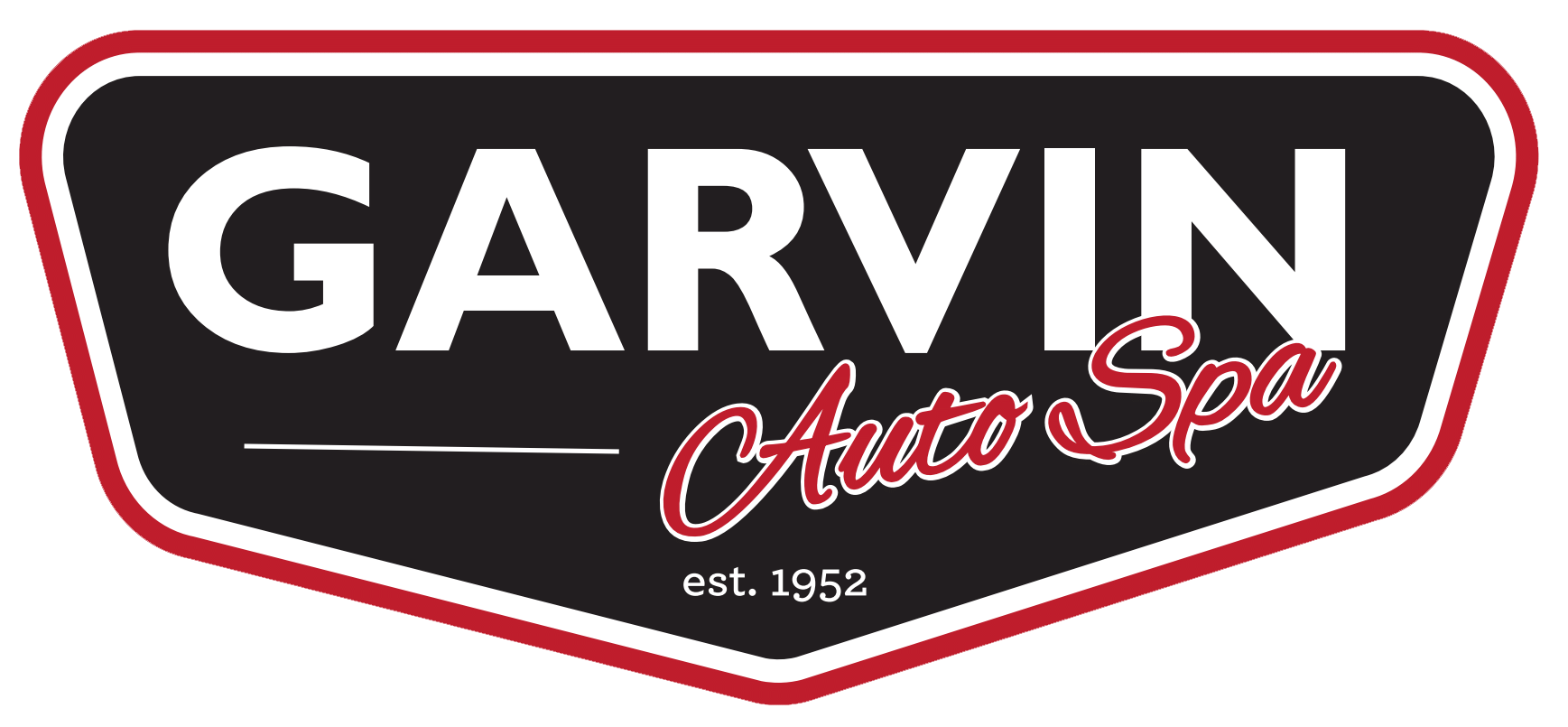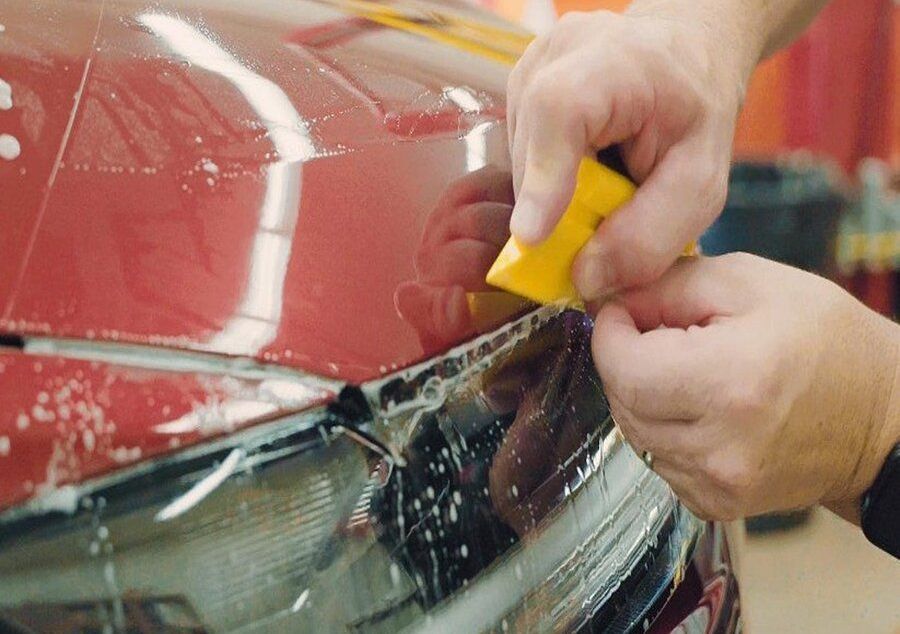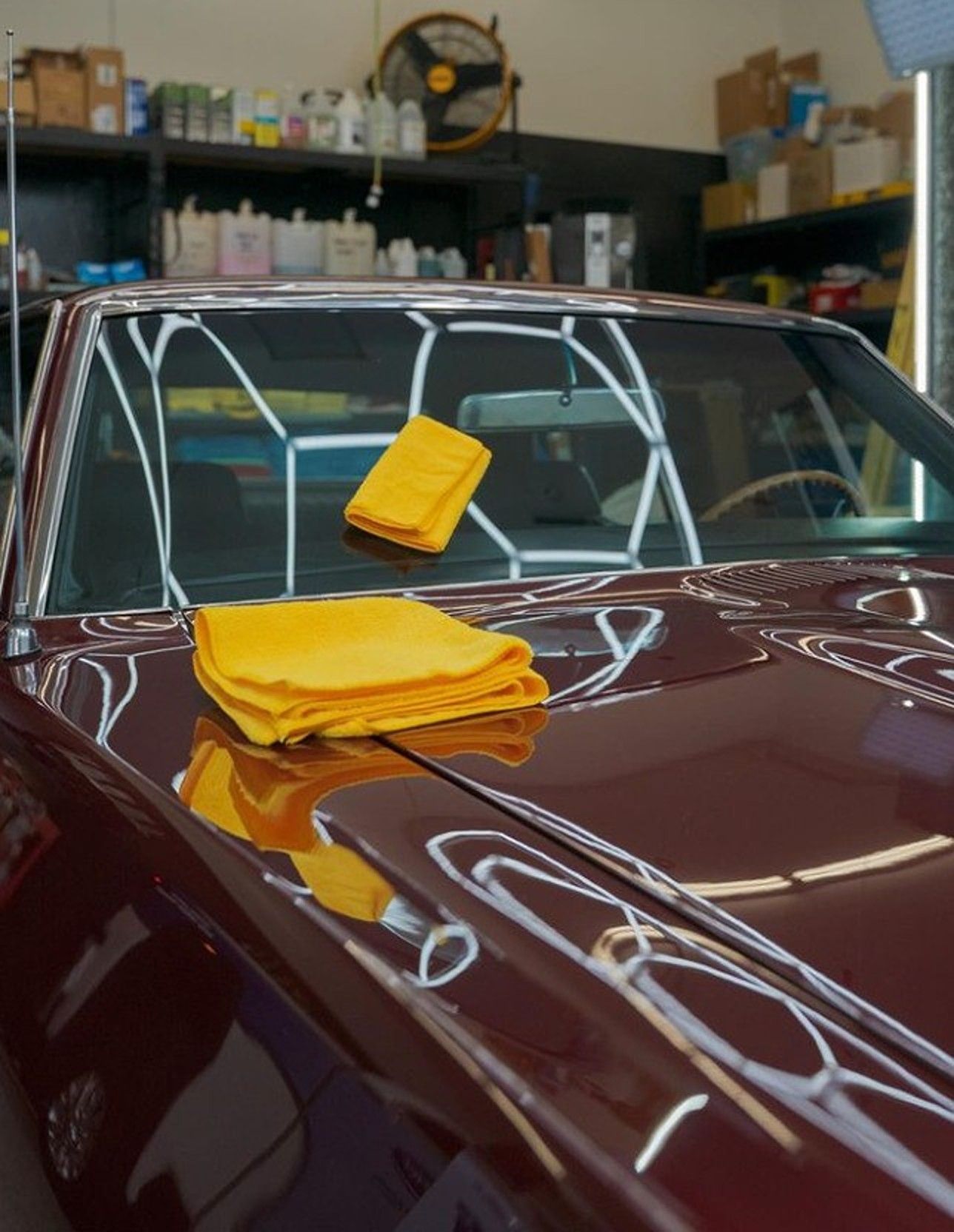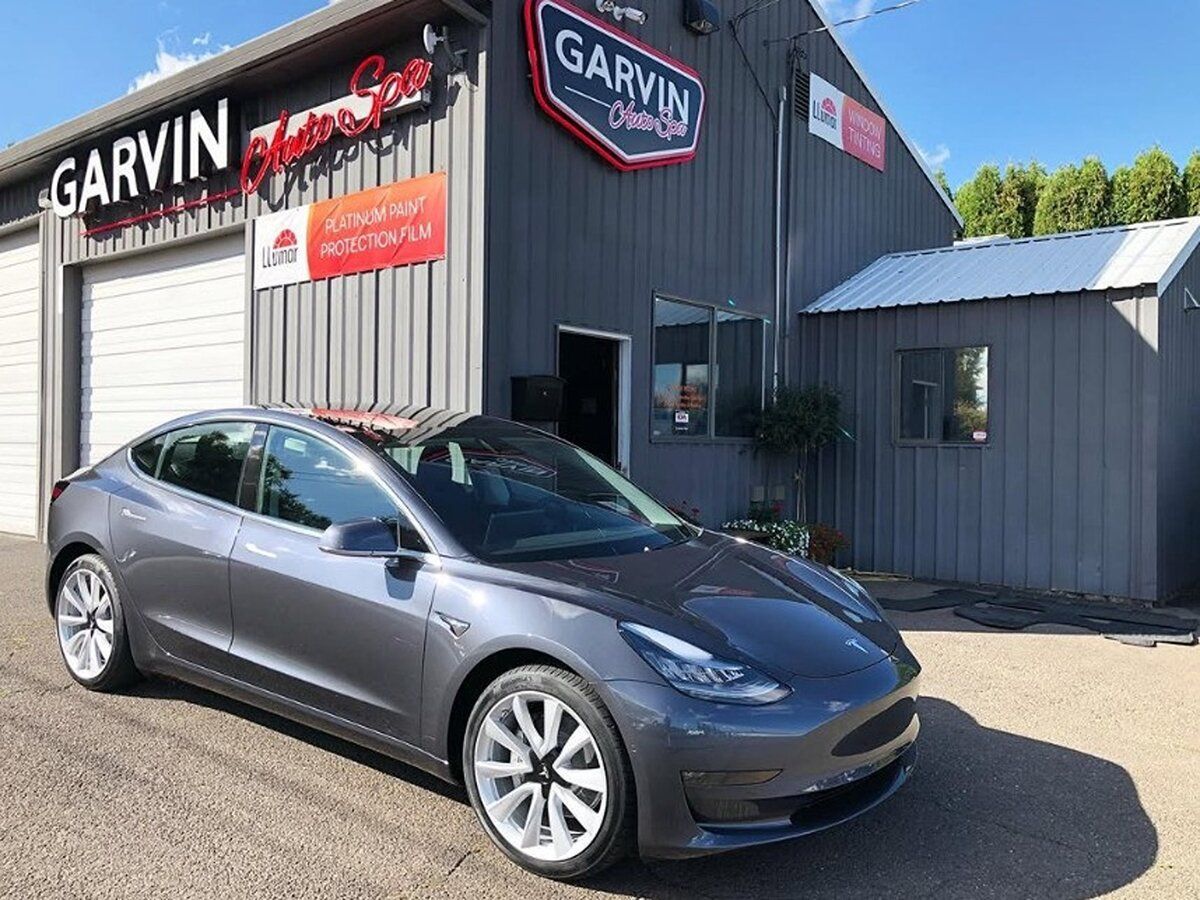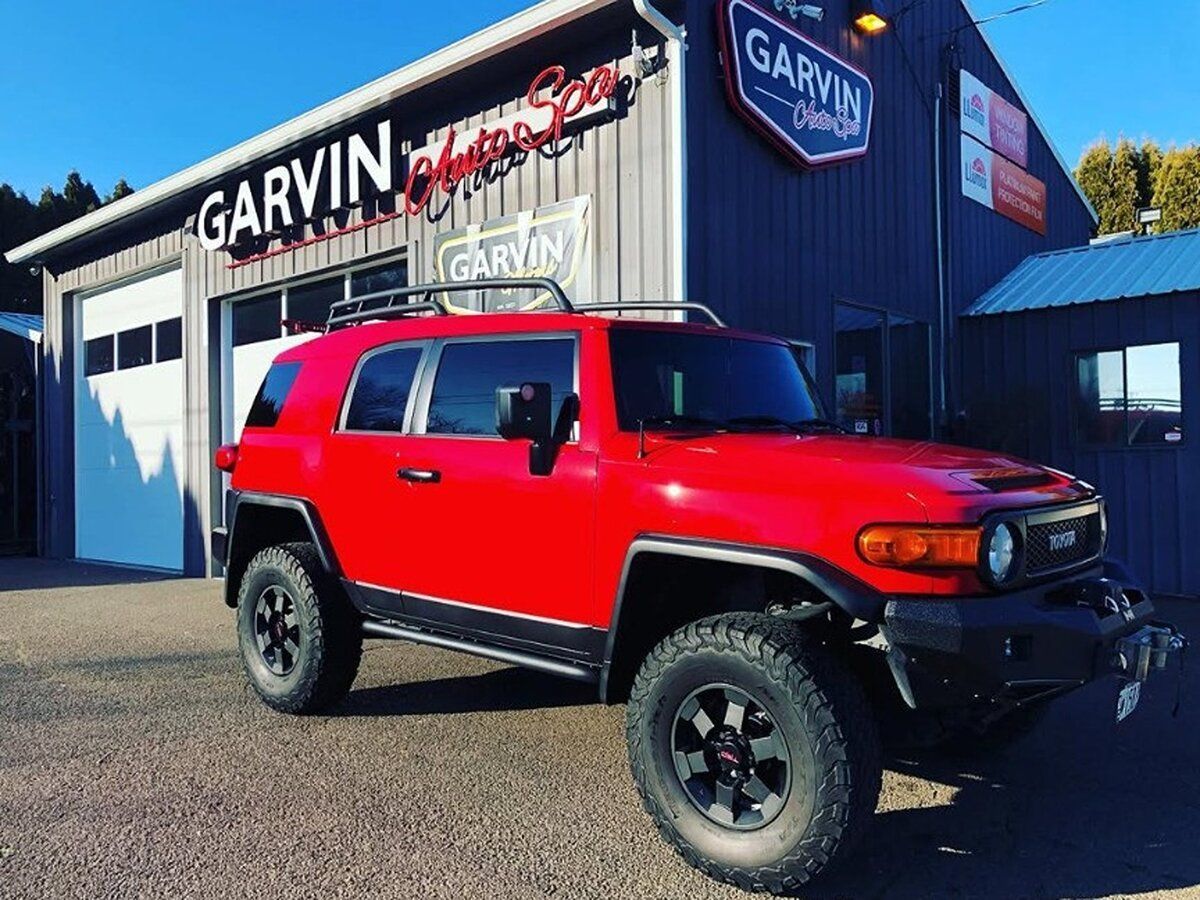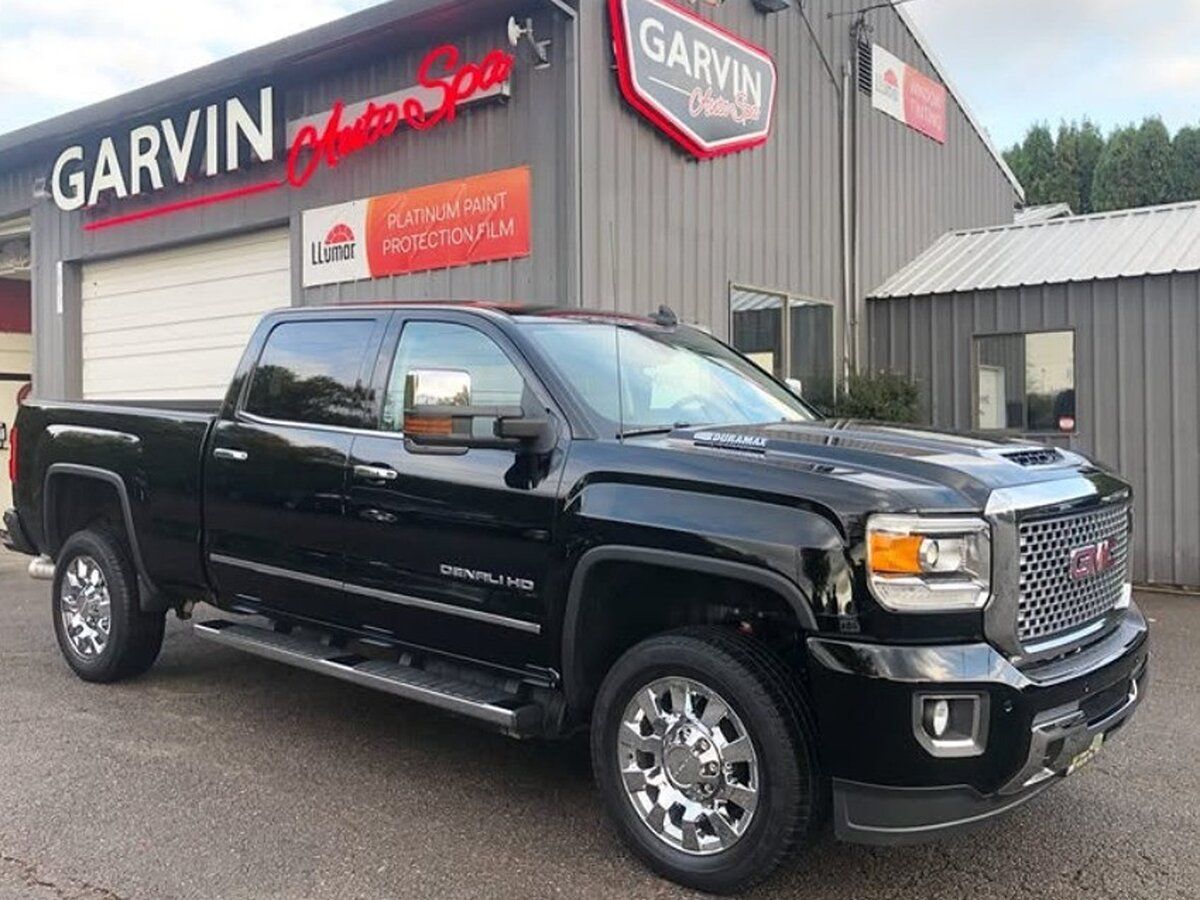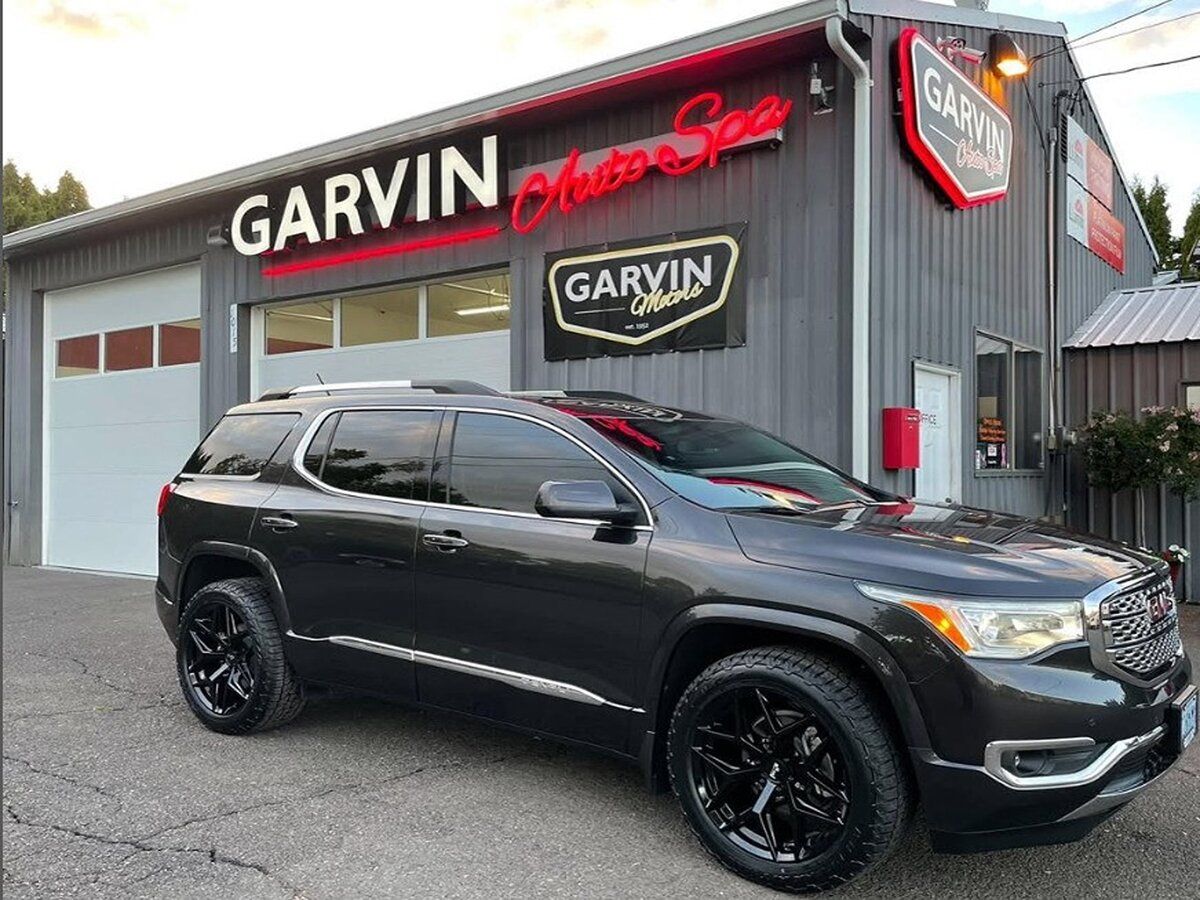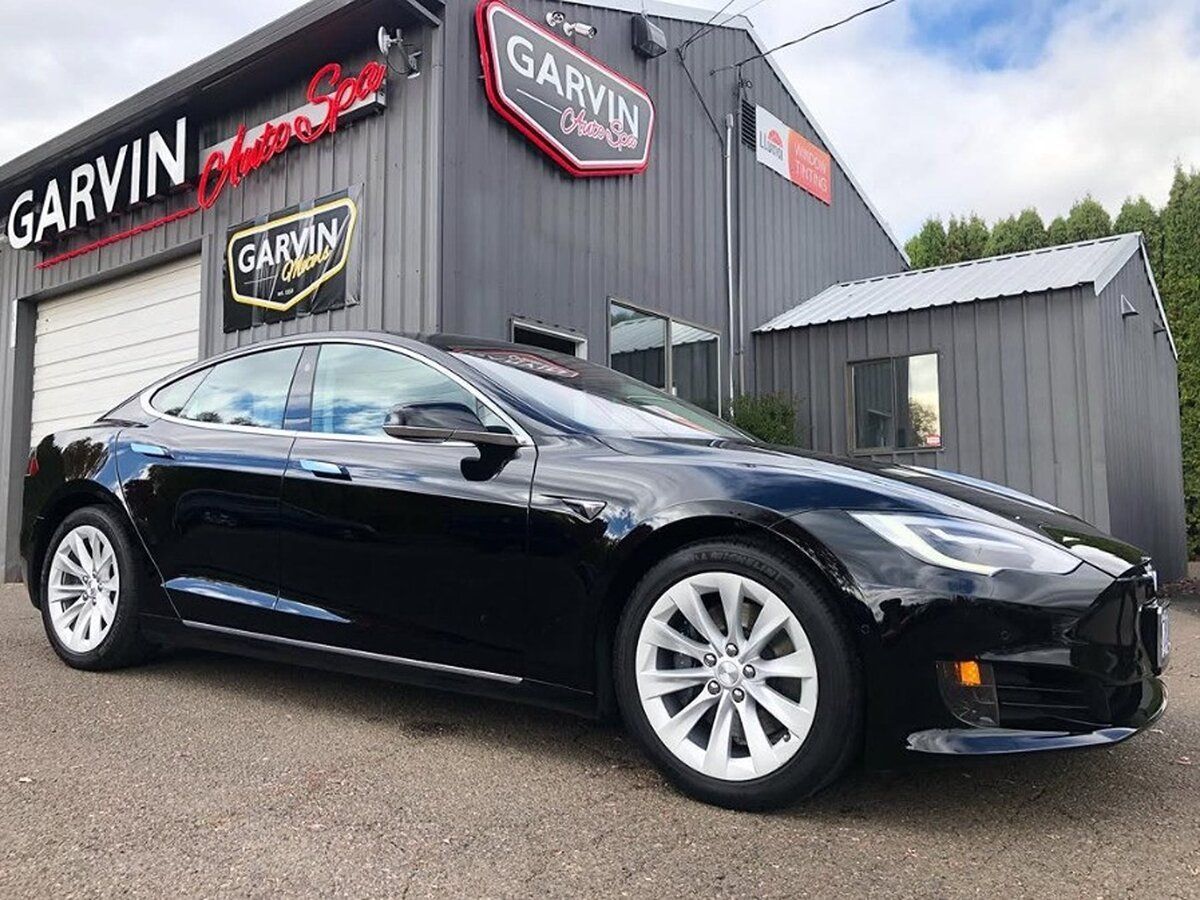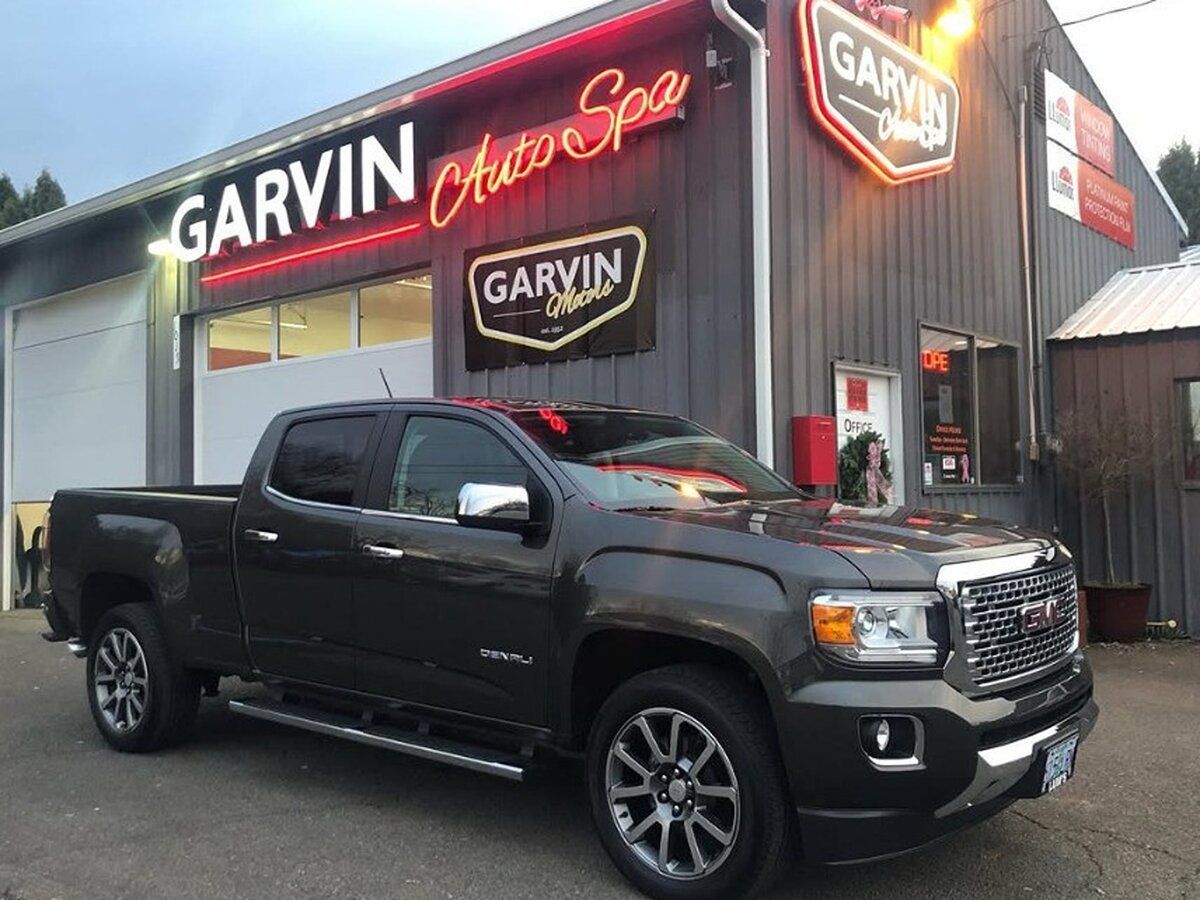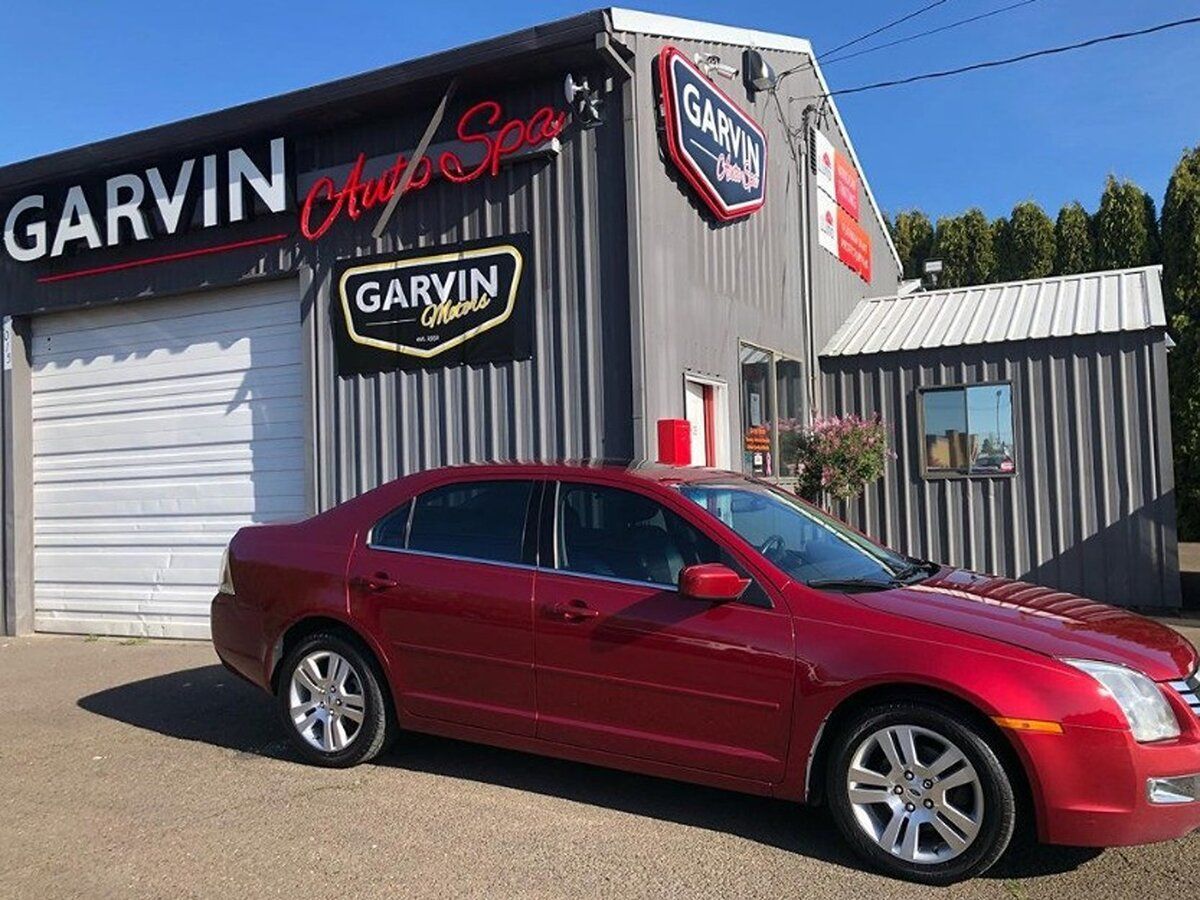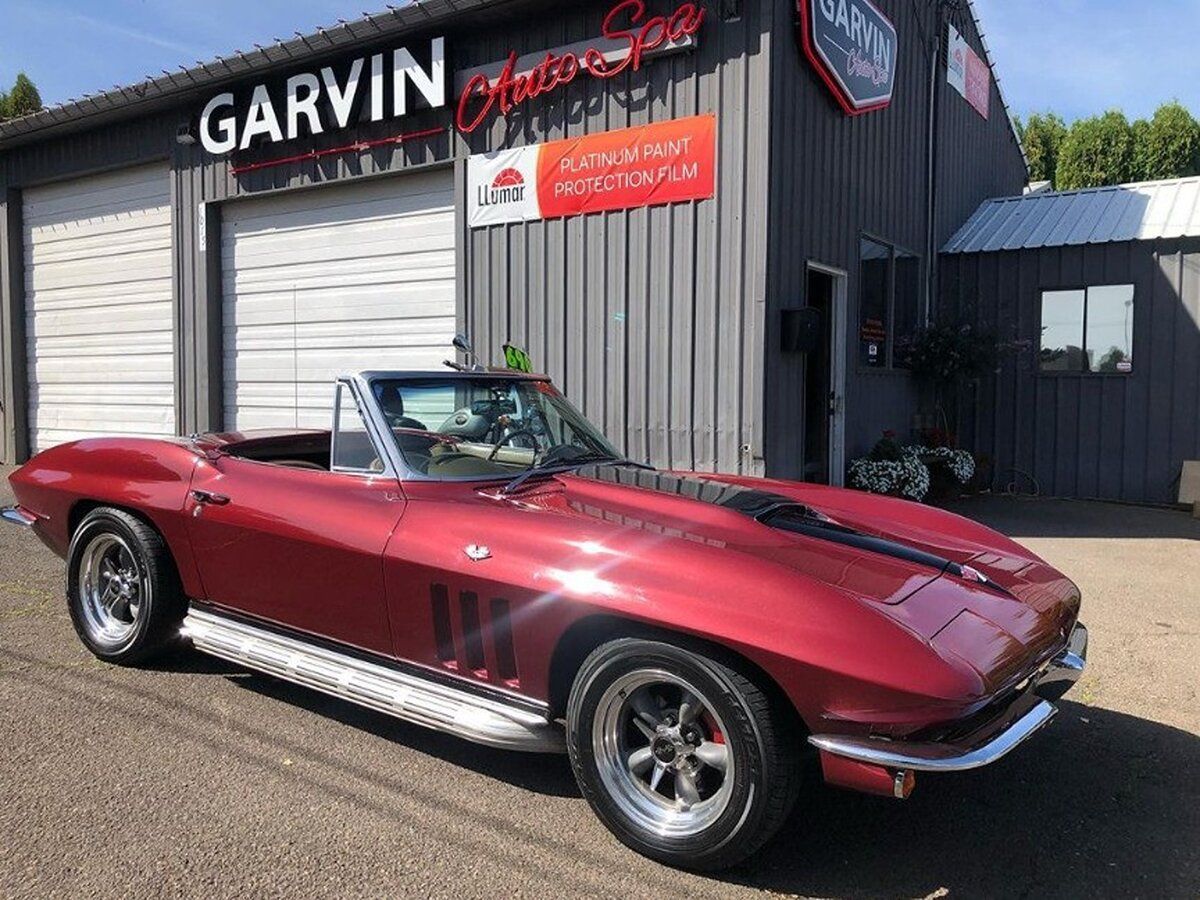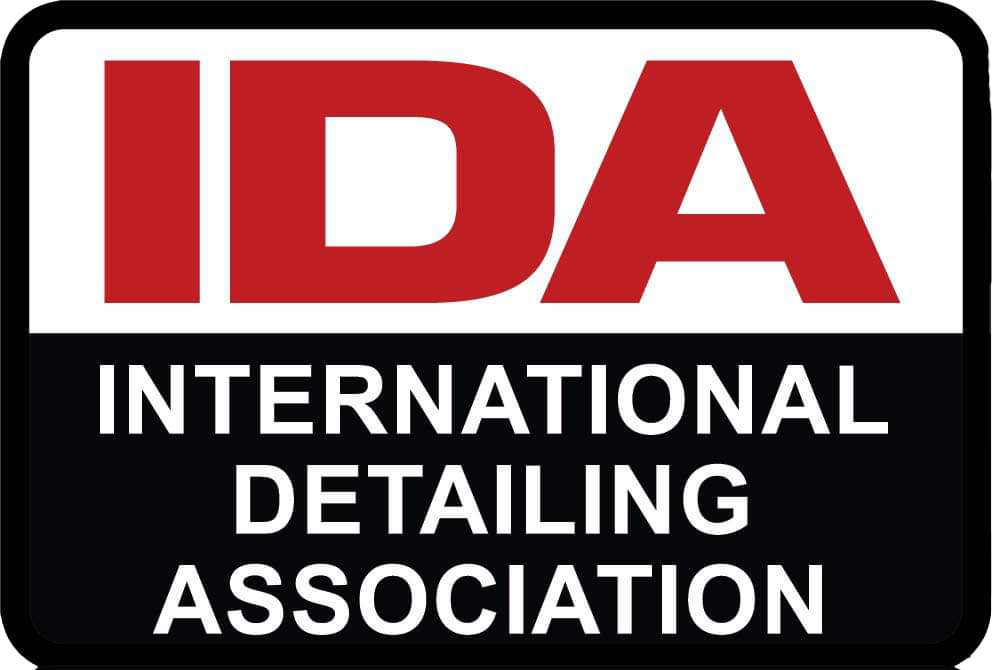Factors That Influence the Cost of Paint Protection Film: What to Consider Before Investing
When it comes to protecting your vehicle's paint, many car owners find themselves asking: Is a paint protection film (PPF) worth the investment? The answer often lies in understanding its impressive benefits and how various factors—like material quality, installation methods, and market influences—play critical roles in shaping costs. Whether you're a meticulous car enthusiast wanting to preserve that stunning showroom shine or simply someone looking to guard against everyday bumps and bruises, there’s much to consider before making that decision. Let’s explore the key elements that influence the cost of PPF and how you can make a savvy investment in your ride.
Overview of Paint Protective Film (PPF)
Paint protection film, often dubbed a clear bra, is more than just a fancy accessory for your vehicle; it's a strategic investment aimed at preserving the beauty and integrity of your car's exterior. This thermoplastic urethane material provides an added layer of defense against everyday perils that can lead to chips and unsightly abrasions on your vehicle’s paintwork. Imagine driving your brand-new car down a gravel road only to come home with errant stones marring its finish. PPF works diligently behind the scenes to prevent these unfortunate incidents from ruining the aesthetic of your cherished investment.
But how exactly does it work? PPF adheres tightly to your vehicle's surface, creating a tough, nearly invisible barrier that absorbs impacts. This film comes in various thicknesses—typically measured in mils (thousandths of an inch)—with thicker films offering more robust protection. The typical thickness ranges from 6 to 8 mils, and while thicker options may cost a bit more upfront, they often translate into better performance over time.
It’s also essential to acknowledge the evolving technology behind modern PPF. Many contemporary products feature self-healing properties. This advancement not only prolongs the life of the film but also keeps your paint job looking showroom-ready without much effort. Additionally, leading companies in this field continuously work on enhancing durability and resistance to yellowing, ensuring that your investment retains its value and appearance.
You might wonder why enthusiasts are opting for PPF—here are a few compelling reasons:
- Protection Against Environmental Hazards: UV rays, bird droppings, tree sap, and road debris can all contribute significantly to the deterioration of painted surfaces.
- Cost Efficiency: Regular repainting is expensive; investing in PPF can save money in the long run by reducing wear and tear.
- Enhanced Resale Value: Vehicles with well-maintained exteriors tend to fetch higher prices on the market simply because they look better.
As we transition into exploring how various aspects influence pricing and installation methods, it’s important to understand that these considerations play a crucial role in determining overall effectiveness and satisfaction with your paint protection investment.
Quality of Materials and Products
The quality of the material is a major factor affecting the cost of PPF, and this cannot be overstated. Most PPFs are constructed from thermoplastic polyurethane (TPU), which is well-known for its durability, elasticity, and excellent resistance to abrasion. Investing in high-quality PPF made from TPU not only protects your vehicle's surface but also ensures that the film withstands the rigors of everyday use—a key aspect of maintaining your car's appearance over time.
Different brands offer varying grades of TPU. While some may provide basic protection, others are engineered with advanced technology for enhanced performance. Premium PPF brands use high-grade TPU that delivers superior clarity, remarkable self-healing properties, and extended longevity. These products typically come at a higher price point, often upwards of $8 to $10 per square foot.
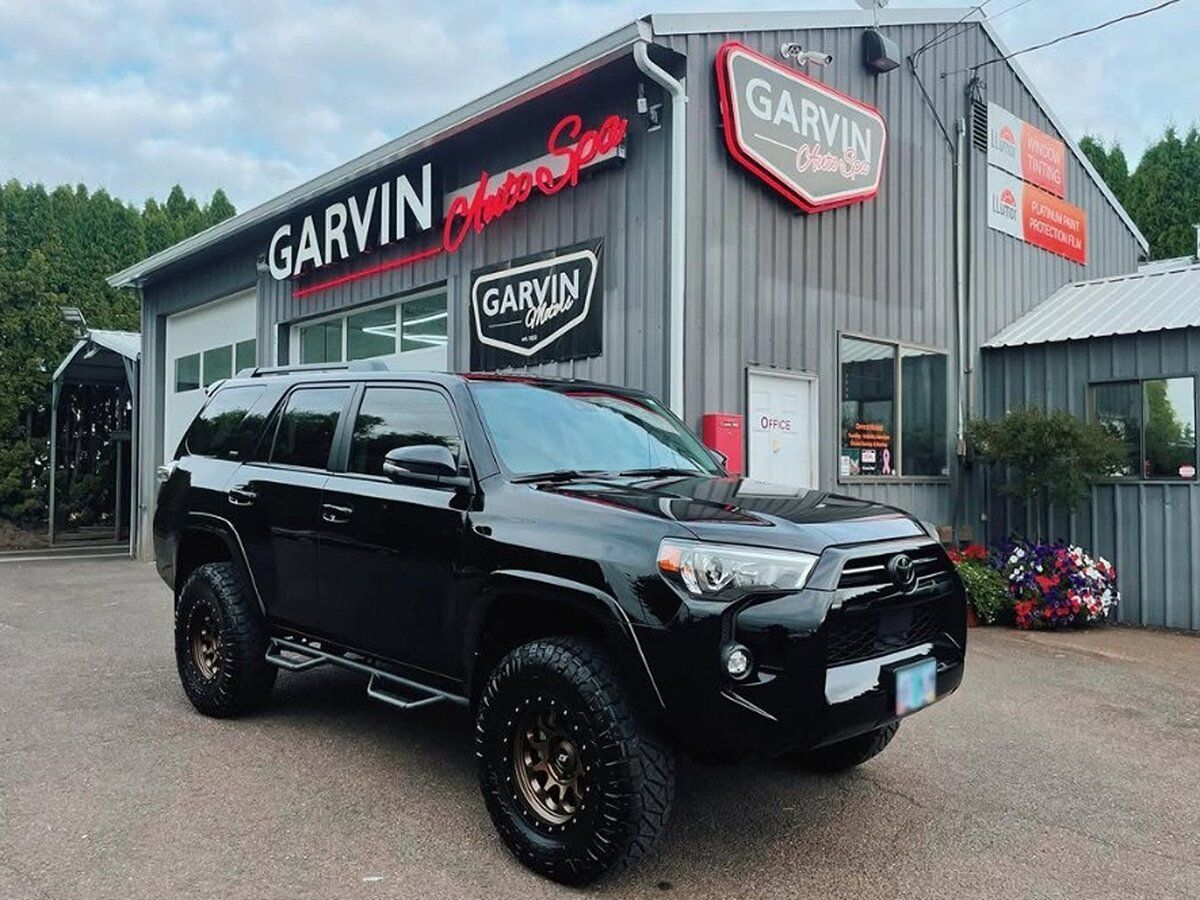
High-Quality TPUs
Investing in high-quality TPUs means more than just exceptional aesthetics; it translates into practicality. A top-tier product will offer excellent UV resistance—often rated above 99%—which protects your vehicle from fading and discoloration over time. Furthermore, features such as self-healing technology mean that minor imperfections can vanish without any intervention except leaving the affected area alone for a bit. The assurance of long-term durability can ultimately outweigh the initial costs.
Lower-Quality Options
On the other hand, opting for lower-quality films presents its own set of challenges. These options may only cost around $2 to $5 per square foot, appearing to be a budget-friendly choice at first glance. However, they often lack critical features such as self-healing capabilities and may have significant clarity issues that can detract from your vehicle’s appearance. Over time, these drawbacks may result in additional costs related to repairs or even premature replacement due to damage or discoloration.
Recognizing the importance of material quality sets the stage for evaluating how installation choices impact overall expenses and investment value.
Installation FactorsThe method of installation can significantly affect both the effectiveness of the
PPFand the overall cost. When it comes to applying for a PPF, many vehicle owners often wonder whether they should tackle the job themselves or hire a professional. While DIY kits may appear to be a budget-friendly option, there's a lot to consider before picking up those tools.
Professional installations are typically recommended for achieving optimal results. Certified installers are trained in the nuances of applying PPF properly. They use specialized equipment like plotters that cut the film precisely to fit your vehicle's dimensions, ensuring a snug application that’s both attractive and functional. This level of accuracy not only enhances durability but also minimizes visible seams and imperfections—critical for letting your investment truly shine.
It's important to factor in labor costs when making your decision—this expense can vary but typically ranges from $50 to $150 per hour for professional services. Depending on the size and complexity of your vehicle, full installations generally take between 10 to 20 hours.
Notably, intricate vehicle designs may even increase installation time by as much as 50%. Overall, this means professional installation could set you back anywhere from $1,500 to $3,500 for a full vehicle wrap, which is certainly an aspect worth considering against any DIY attempts.
There's also something valuable about warranty coverage from professional installations. Most companies offer warranties ranging from five to ten years for their work. These warranties offer a sense of assurance, guaranteeing that if any issues arise, such as bubbling or peeling, the installer is prepared to rectify the situation at no additional expense.
By weighing these factors carefully, you can navigate the decision between professional installation and DIY methods while maximizing returns on your investment. Turning our focus now to how market dynamics and brand reputation play pivotal roles in determining overall costs.
Market and Brand Influence
The influence of market dynamics and well-established brands is undeniable in the paint protection film (PPF) sector. When considering these products for your vehicle, it's essential to recognize that the names you see often come with an added cost—but there's a rationale behind it. Established brands have built their reputations over countless successful installations and satisfied customers. This established trust translates into higher prices; however, it frequently equates to superior quality and service.
For instance, consumers may find themselves willing to pay a premium for well-known brands due to their history of reliability. This isn't just subjective; reputable companies invest in research and development to innovate and enhance their PPF offerings. They focus on producing high-quality materials that are durable, self-healing, and resistant to discoloration over time, ensuring your vehicle remains pristine. Hence, while you might initially balk at the price tag, you'll likely enjoy lower maintenance costs long-term because of fewer repairs or replacements needed.
Types of PPF and Their Costs
PPF comes in various types, each catering to specific needs for both protection and aesthetics. From self-healing options to textured finishes, each variant offers unique benefits and varying costs that can influence your decision. As you contemplate investing in PPF, knowing what’s out there can help you find the perfect fit for your vehicle’s specific requirements.
Self-Healing PPF
One of the most innovative options available is self-healing PPF. This advanced film utilizes heat—whether from sunlight or warm water—to restore its surface. With this cutting-edge technology, the film maintains a flawless appearance, ensuring your vehicle always looks its best with minimal effort.
However, the cost of self-healing PPF, which typically ranges from $8 to $12 per square foot, comes with this convenience. The longevity and durability it offers may well justify the price, especially if you frequently find yourself dealing with less-than-ideal road conditions.
Moving on from high-end self-healing options, there are also beautiful alternatives that offer a distinctively different look.
Matte or Satin Finish
For those looking to break away from the traditional glossy appearance, matte or satin finish films provide a unique aesthetic that stands out on the road. These films aren't just visually appealing; they also effectively protect against UV damage and harmful environmental factors.
While these stylish options do carry a slightly higher price tag—hovering around $9 to $12 per square foot—the investment enhances your vehicle’s overall visual flair while securing its paintwork. On the other hand, if you're working with a tighter budget, there are still protective options available.
Basic PPF
Enter basic PPF, which provides fundamental protection at a far more budget-friendly price point. This option, which costs between $2 and $5 per square foot, may not have advanced features like self-healing technology, but it still provides protection against everyday wear and tear.
If your primary focus is basic coverage rather than aesthetics, basic PPF might be just what you're looking for—especially for older vehicles or those often parked in urban environments where minor dings can occur.
Understanding these different types of PPF allows you not only to compare costs but also to assess what level of protection aligns with your lifestyle and investment goals.
Creating a PPF Budget
Crafting a PPF budget begins with evaluating both the specific requirements of your vehicle and your personal financial landscape. It's not just about plucking a number out of thin air; understanding the various components will help you effectively allocate funds. First, assess how much of your vehicle you wish to protect. If you're looking for complete coverage, that might require a larger investment compared to applying film strategically on high-impact areas such as the hood or front bumper.
Steps to Set Your PPF Budget
- Identify Total Area Needed: Consider whether you're interested in full car coverage or just partial areas. This first step is crucial because it lays the groundwork for all subsequent calculations. Mapping out which sections of your vehicle are more susceptible to chips allows you to set clear priorities.
- Compare Brands and Types: Much like choosing between different insurance plans, evaluating brands and types of PPF reveals varying costs and benefits. Investing time in this comparative analysis can save you money in the long run. Name-brand options typically come with guarantees and durability that may justify a higher upfront cost.
- Installation Cost Calculation: The next layer of your budget should account for installation. Professional installation ensures precision, with costs generally ranging between $500 and $2000 depending on the desired coverage area. While DIY installations with precut kits are an option, professional installers typically produce superior results by minimizing errors.
- Set Aside Extra Funds: Finally, it's wise to reserve some buffer cash for unexpected issues during installation or future minor repairs. Consider this as a precautionary measure; allocating an additional 10% to 15% of your budget for touch-ups reduces anxiety in the event of unexpected wear and tear.
Informed budgeting and careful planning around PPF can lead to enhanced vehicle protection without straining your finances. Always stay knowledgeable about options, ensuring you make choices that suit both your needs and budget effectively.
Why Choose Garvin Auto Spa for Paint Protection Film?
Protecting your vehicle's pristine finish is essential for maintaining its value and appearance. At Garvin Auto Spa, we specialize in applying high-quality paint protection film (PPF) to safeguard your car against the elements. Whether you want to protect high-impact areas like the front bumper and hood or opt for full-vehicle coverage, we offer customized solutions tailored to your needs. Don't wait until your vehicle's paint is compromised. Trust the experts at Garvin Auto Spa to provide superior paint protection solutions that keep your car looking its best. Book now!
1015 NE Highway 99W, McMinnville, OR 97128, United States of America
ABOUT US
Yamhill County's Vehicle Protection & Appearance Experts!
Garvin Auto Spa first opened its doors in 2008 as Yamhill County, Oregon’s vehicle protection and aesthetic preservation specialists. With skills verified by the International Detailing Association (IDA), we are proficient in the rejuvenation process of every make and model vehicle, no matter if it is a daily driver or one purchased for recreation. For comprehensive vehicle care and protection with self-healing clear bras, hydrophobic ceramic coatings, interior and exterior decontamination, and window tinting services, Garvin Auto Spa is your one-stop solution to it all!
QUICK LINKS
CONTACT US
PHONE: 503-472-GARV
EMAIL: adam@garvinauto.com
HOURS OF OPERATION
Tuesday - Friday: 8:00 AM - 5:00 PM
Saturday: By Appointment Only
Sunday & Monday: Closed
SOCIAL MEDIA
Garvin Auto Spa was designed by the team at Detailers Roadmap, a platform developed for detailing operators across the globe.
All Rights Reserved | 8bitcreative, LLC | Garvin Auto Spa
